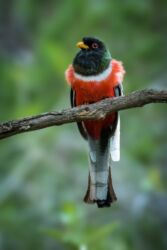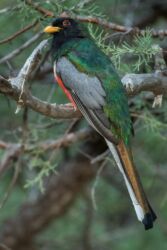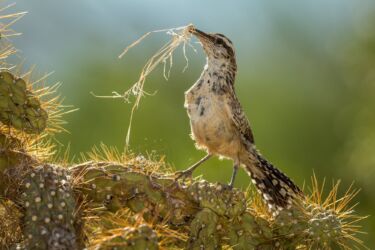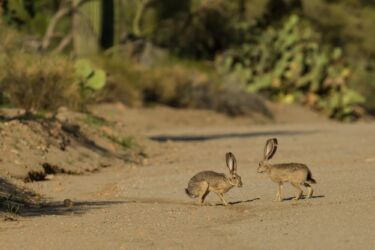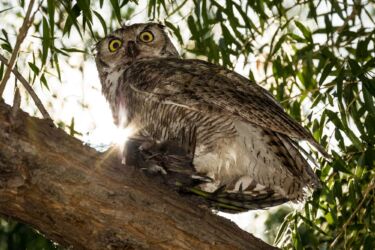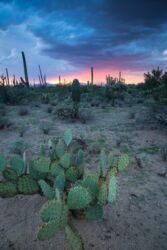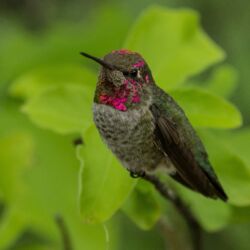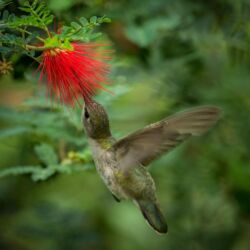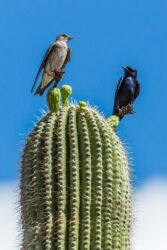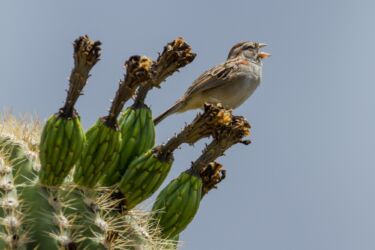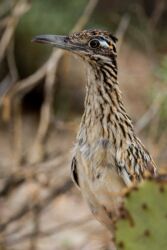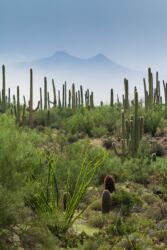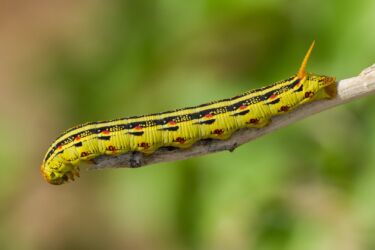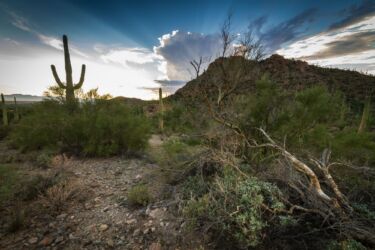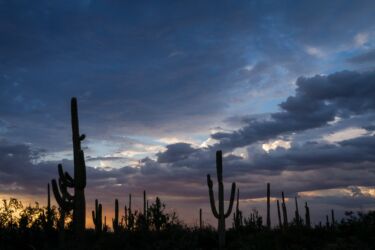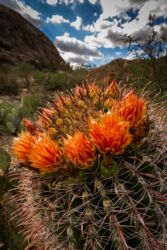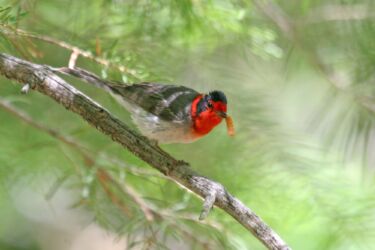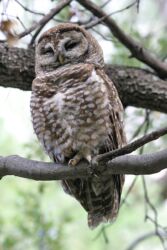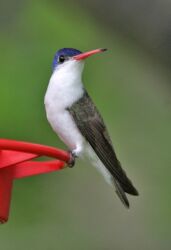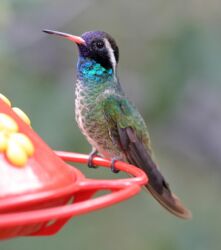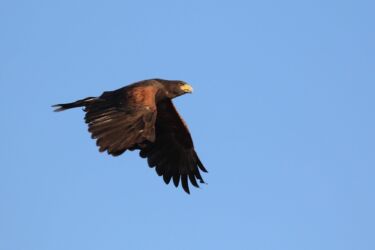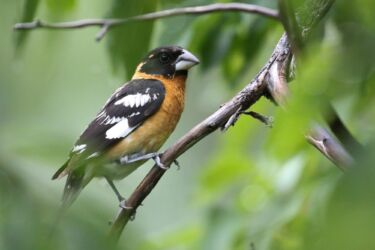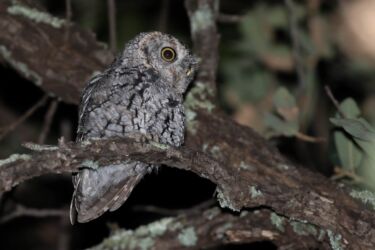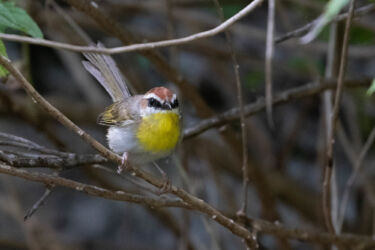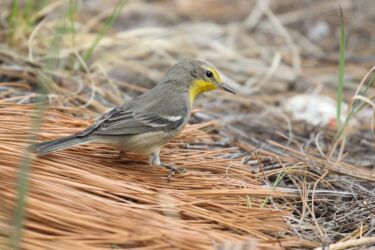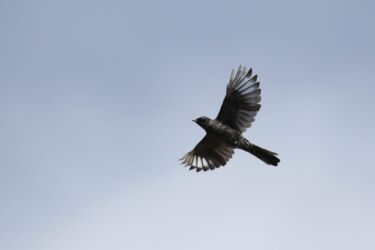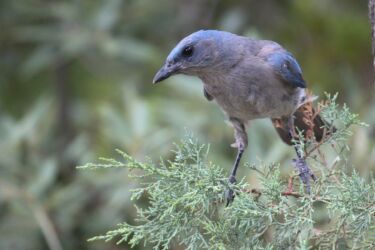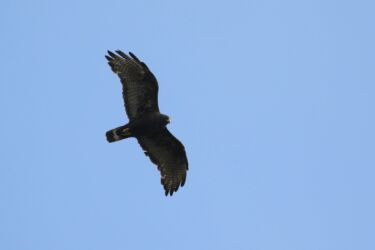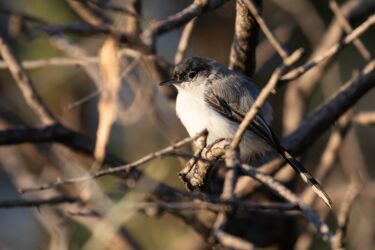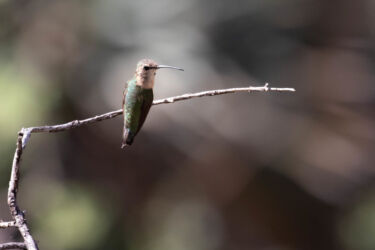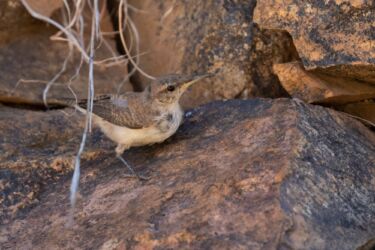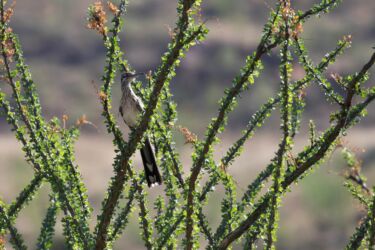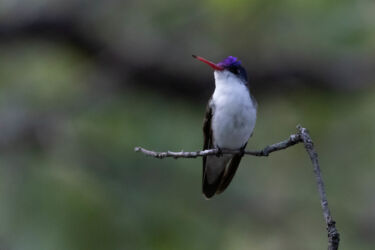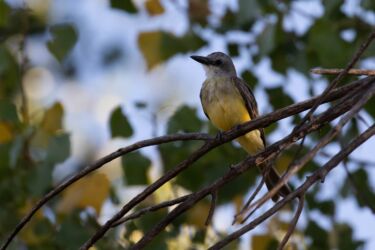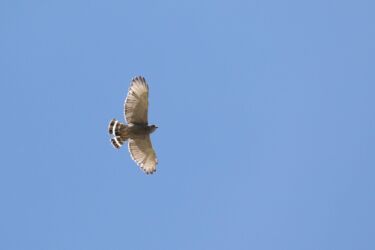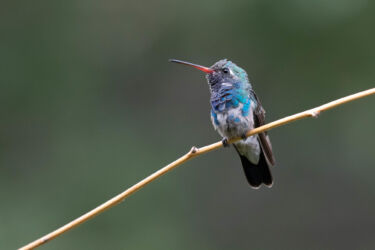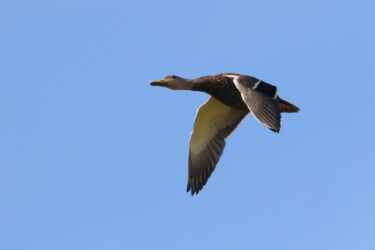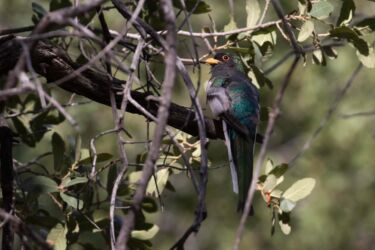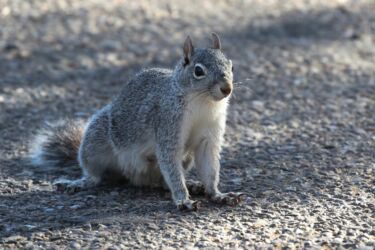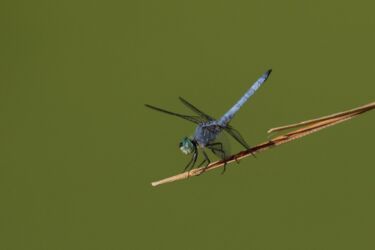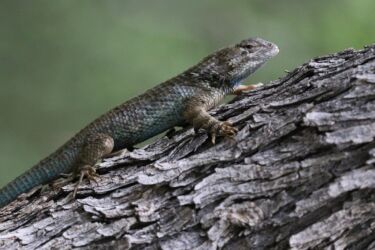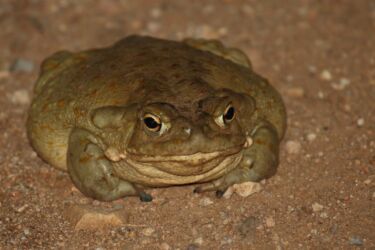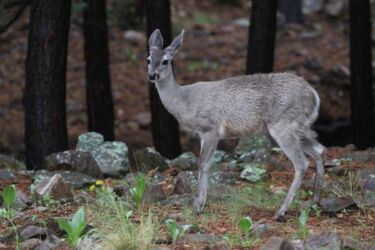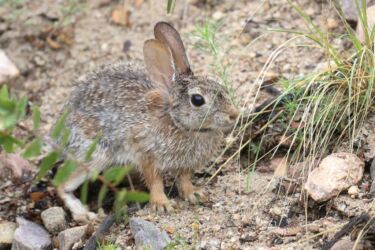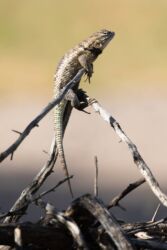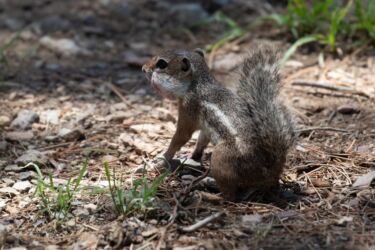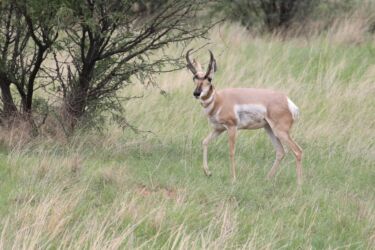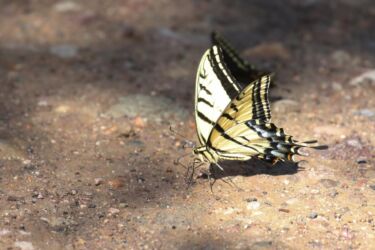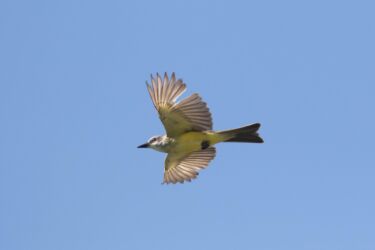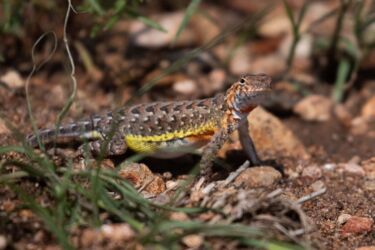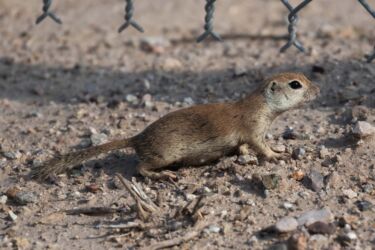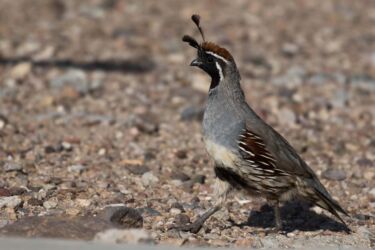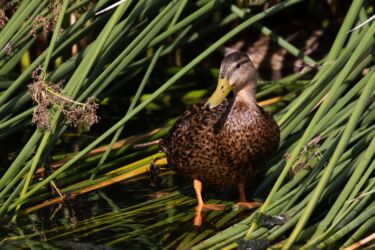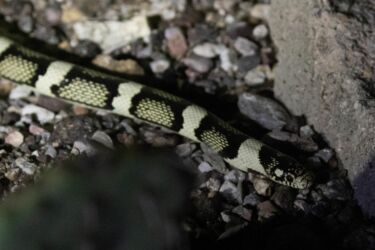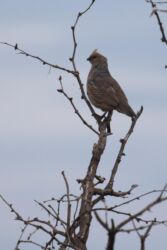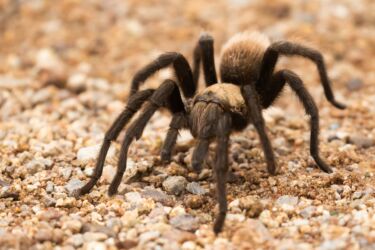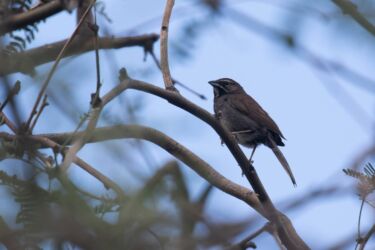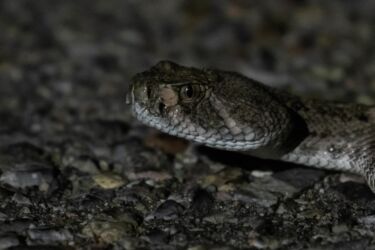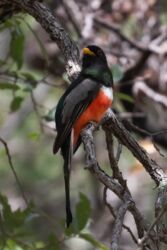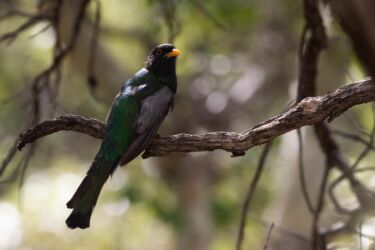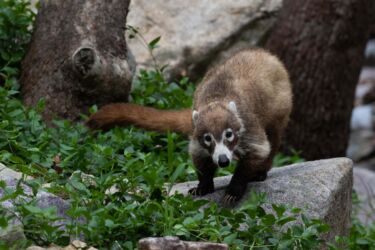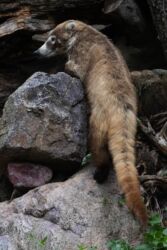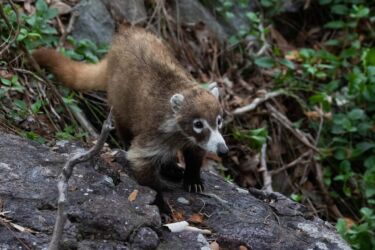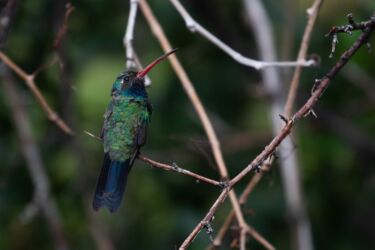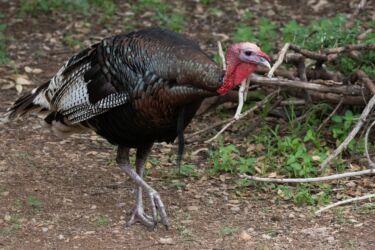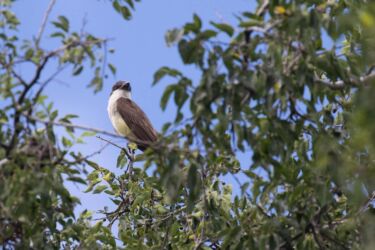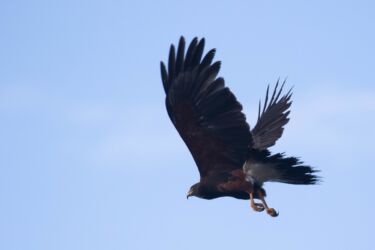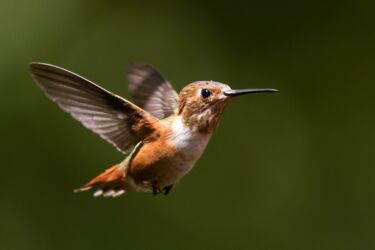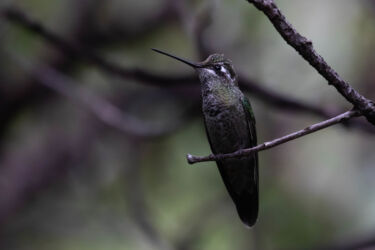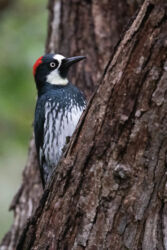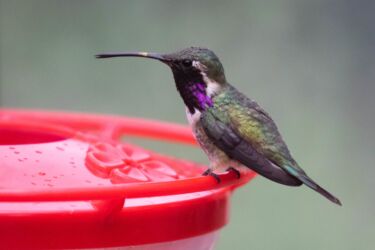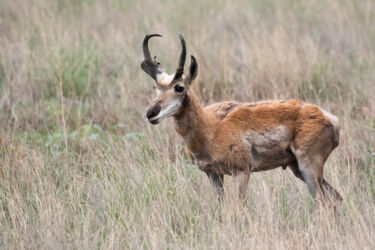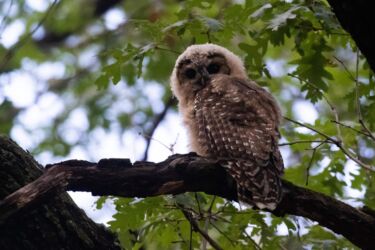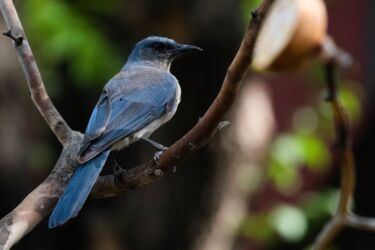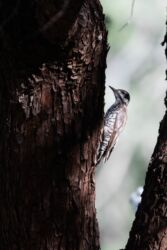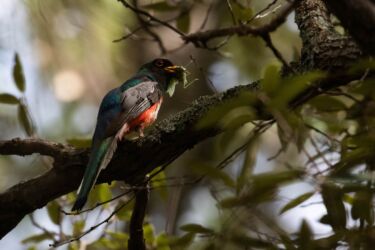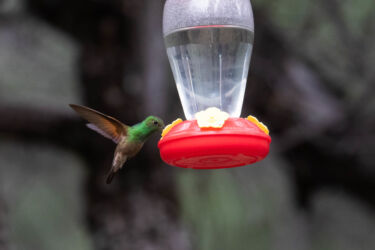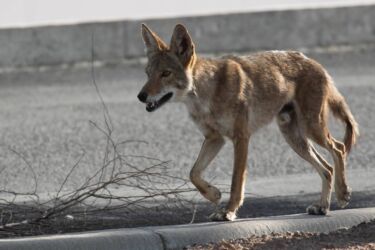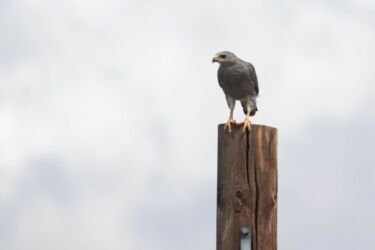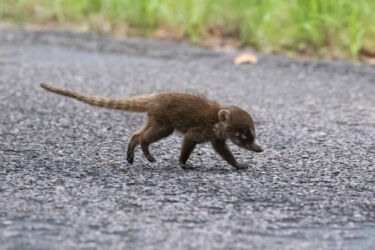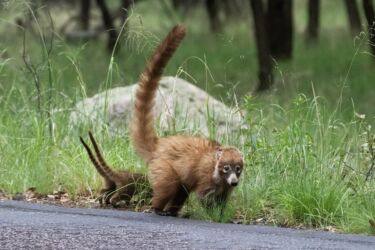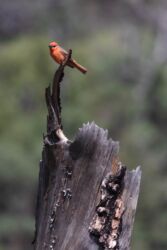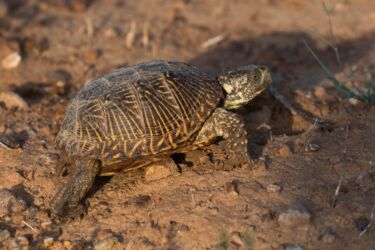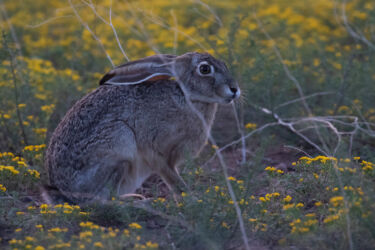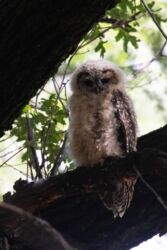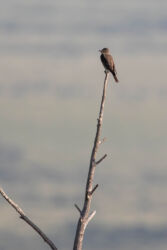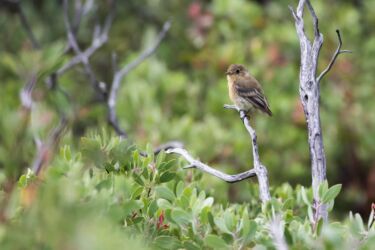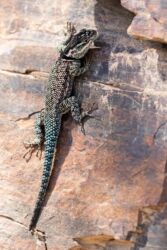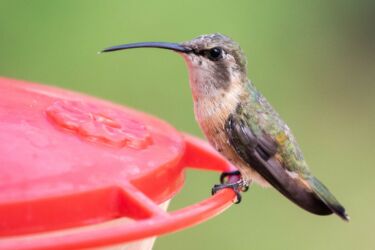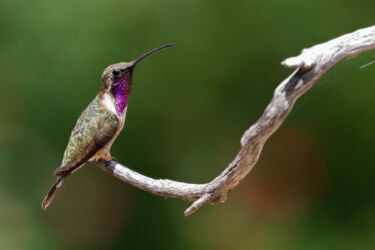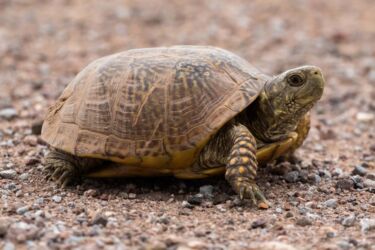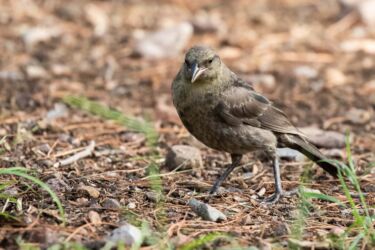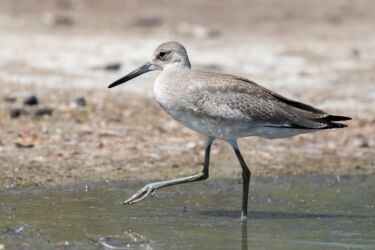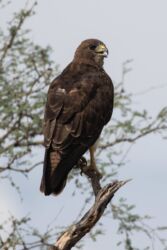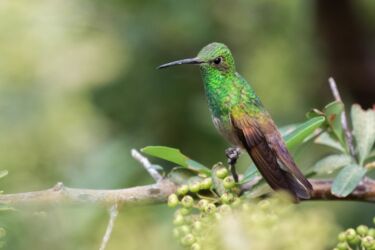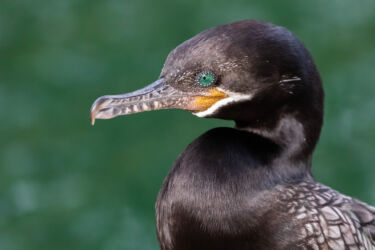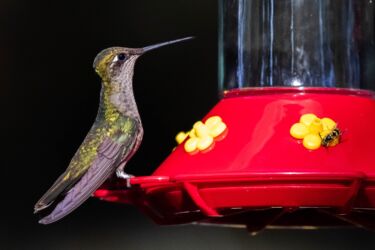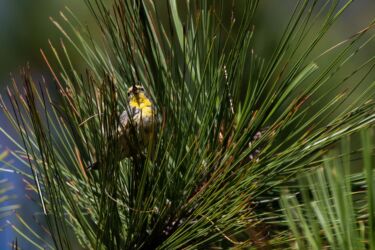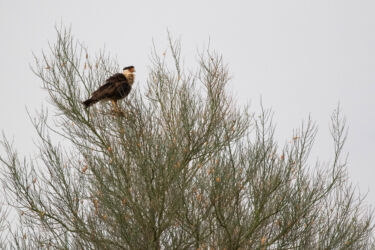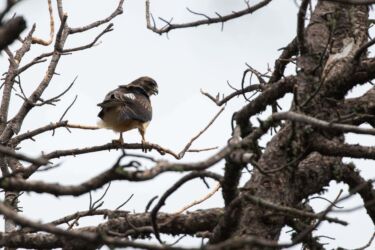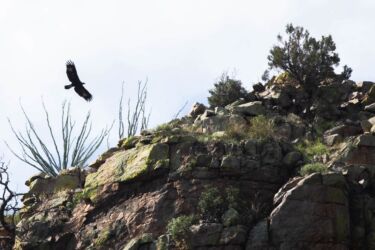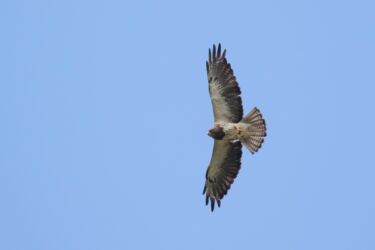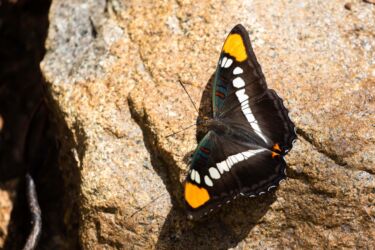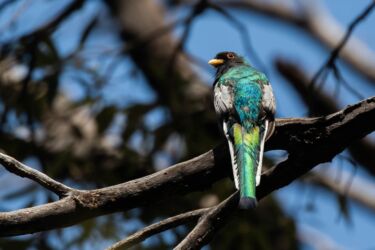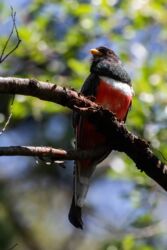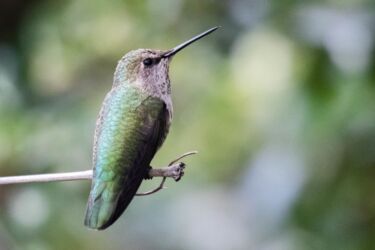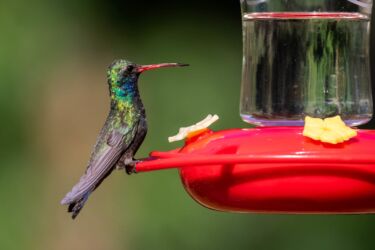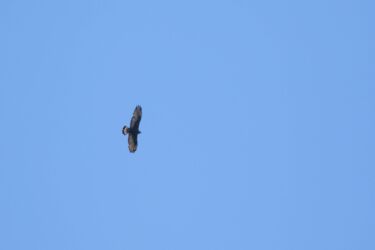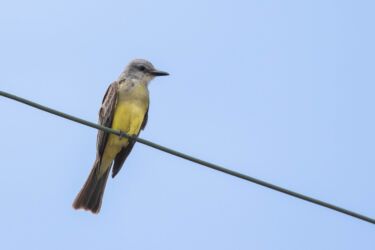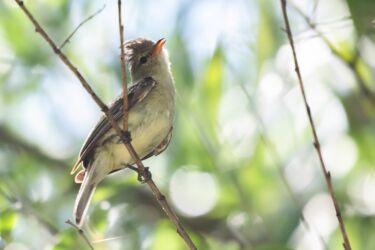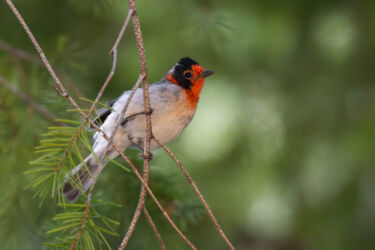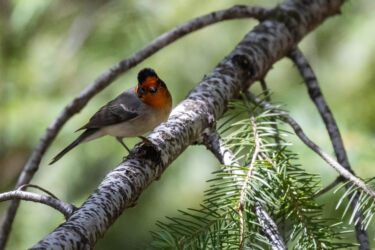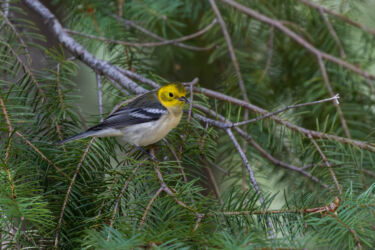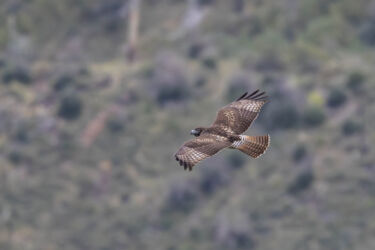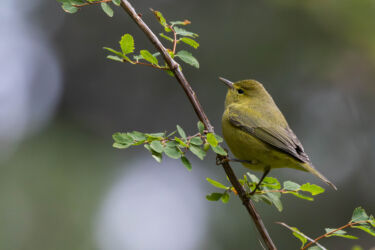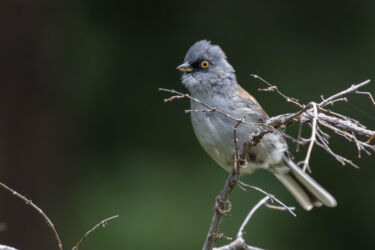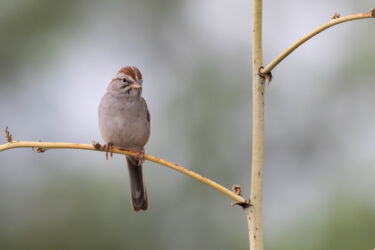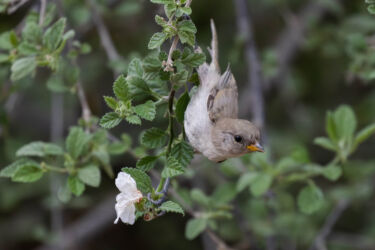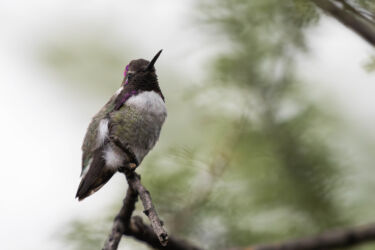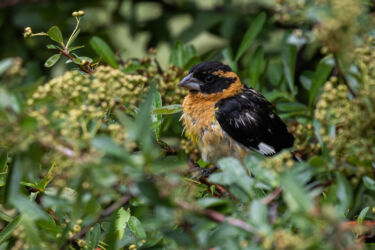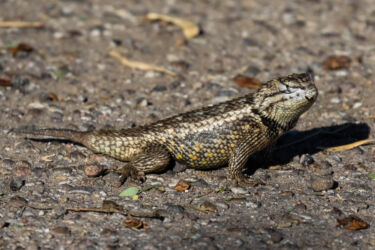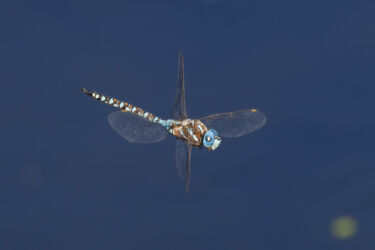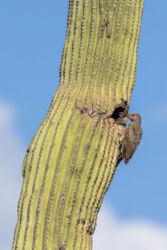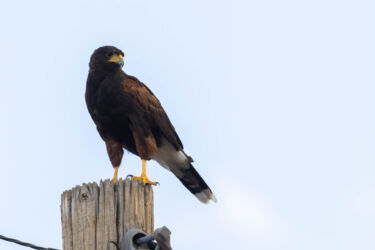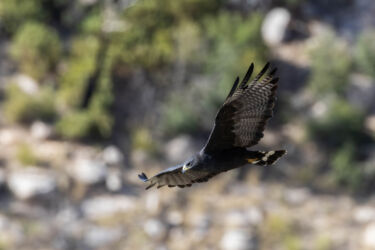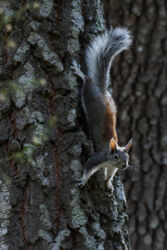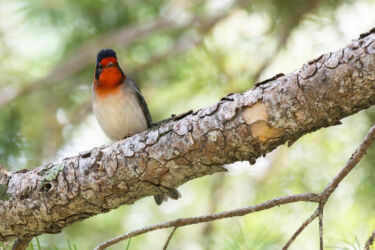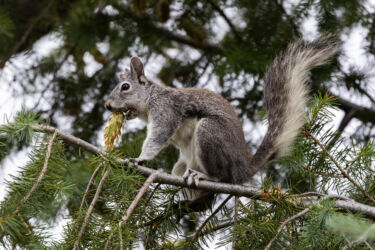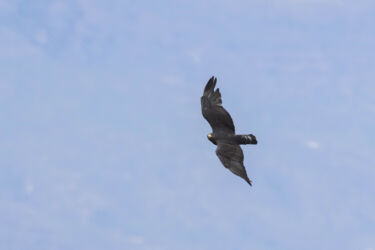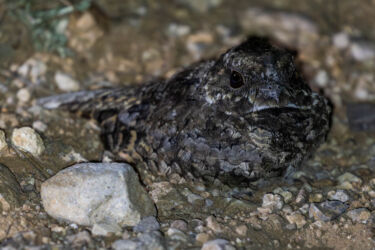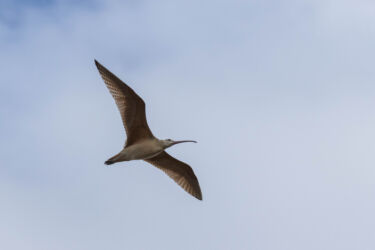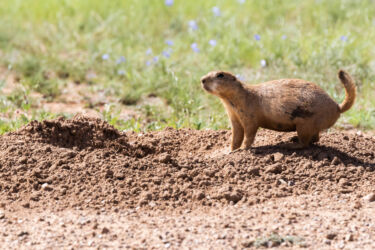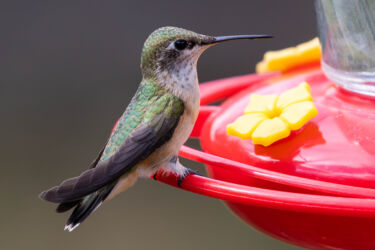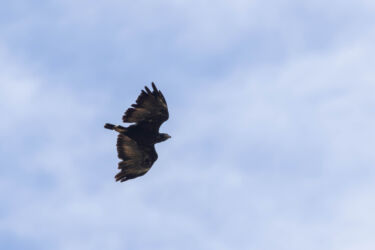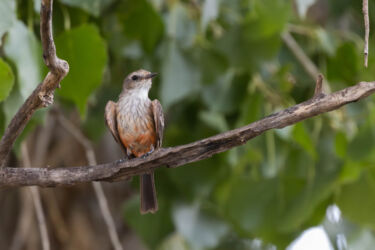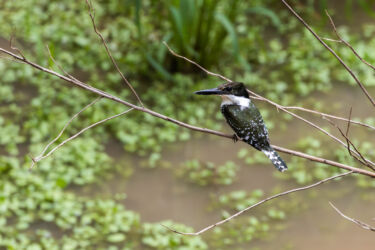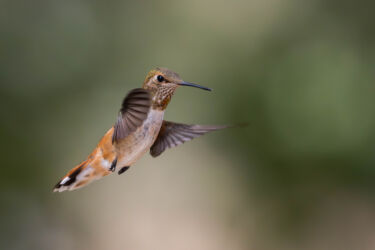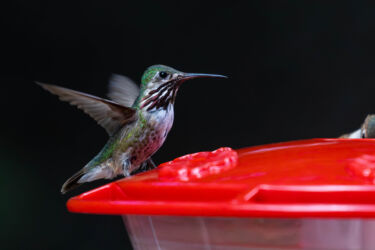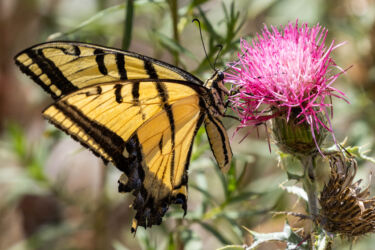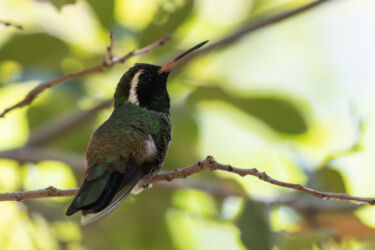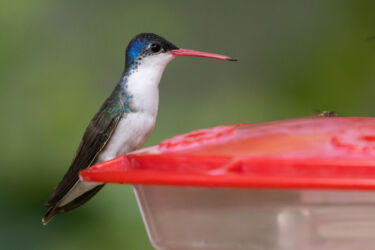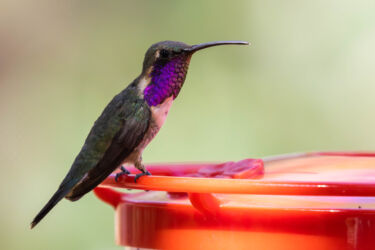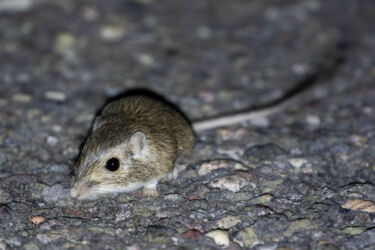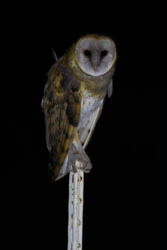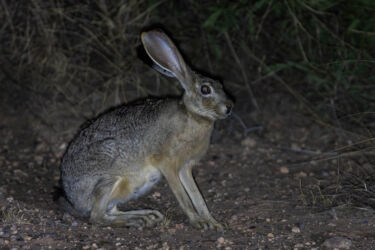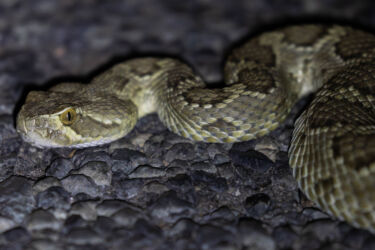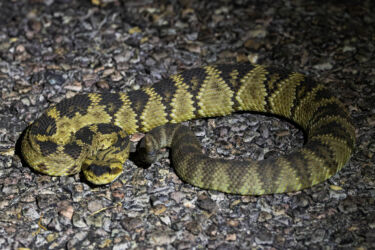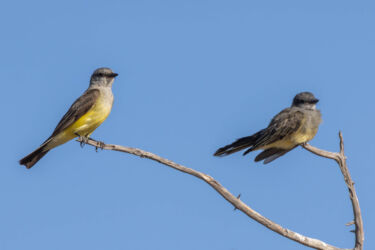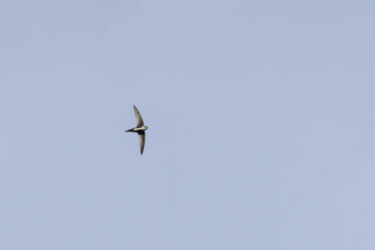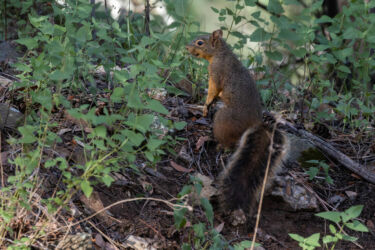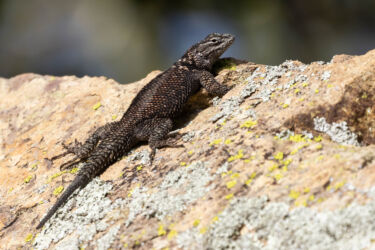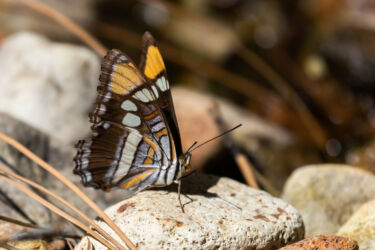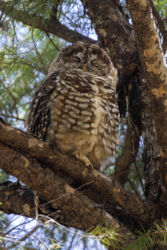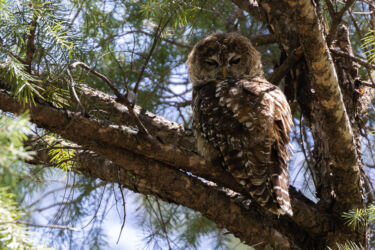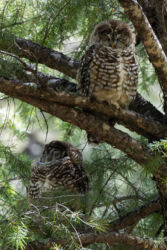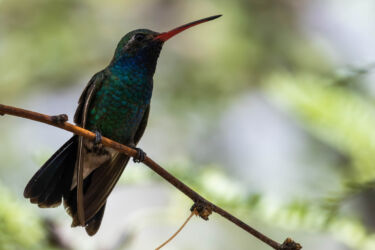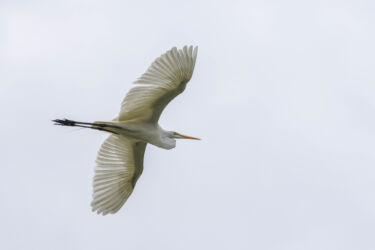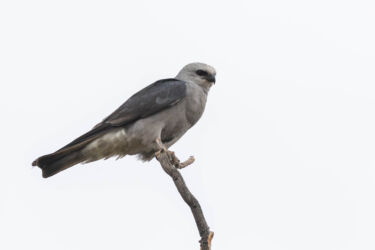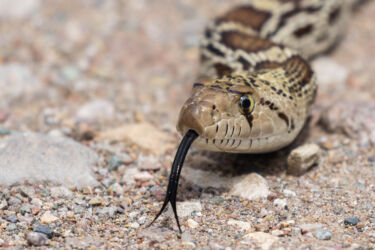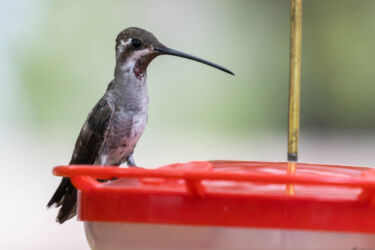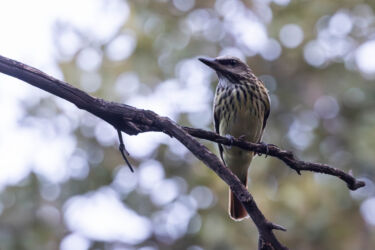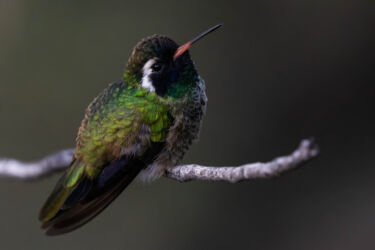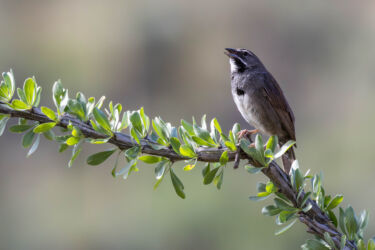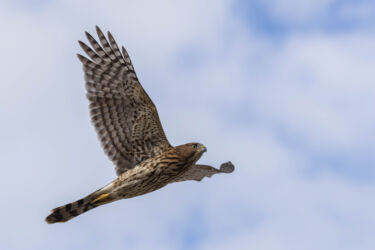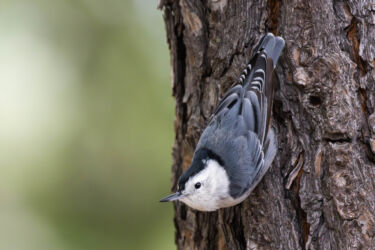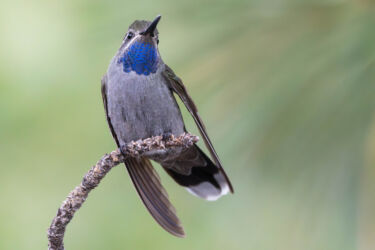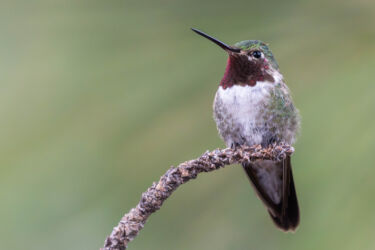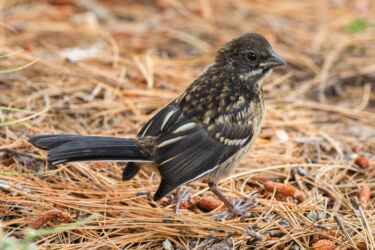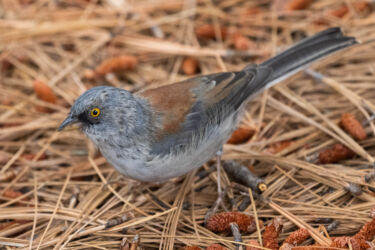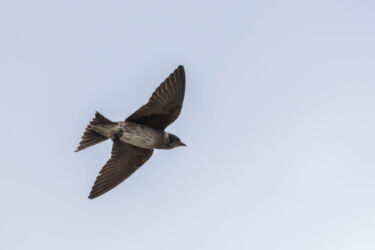Greg Miller Big Year Tour Series
ARIZONA: Sky Island Specialties 2024
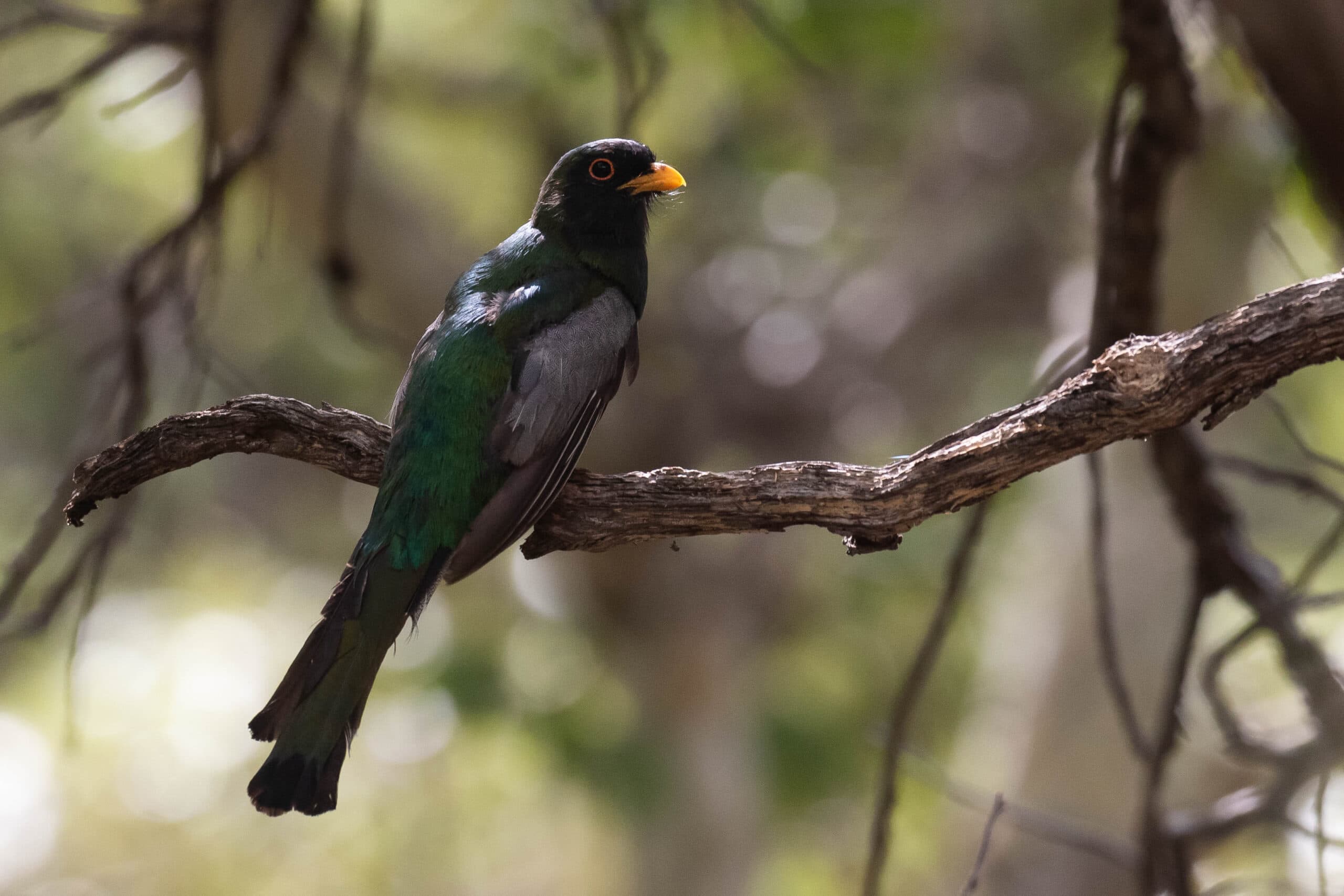
TOUR FOCUS
BIRDS & WILDLIFE
SCHEDULED TOURS
TRIP LEADERS
TOUR COST
From: $2,500 (See details)
Cost is per person, double occupancy from Tucson, Arizona (TUS)
GROUP SIZE
4 - 7 Participants
AVAILABILITY
2024: FULL
PRIVATE TOUR OPTION
This tour is available as a private trip for any size group. The tour cost will vary with the number of people and any custom requests.
TESTIMONIALS
Highlights of ARIZONA: Sky Island Specialties 2024
Description of ARIZONA: Sky Island Specialties 2024
Welcome to another world – the Sky Islands of Arizona! This unique area in southeastern Arizona is a legendary location for birding and wildlife-watching. Our August itinerary is scheduled for the peak season to explore the Sky Islands. Violent monsoon thunderstorms develop over the region during late summer, breaking the heat and reinvigorating the wildlife! Often called Arizona’s second spring, the resident species begin singing again just as migrants from the north begin to appear in the area. Diversity is at its peak, and the chance for a stray Mexican rarity is high.
Over 360 species of birds have been reported in Arizona during this month, and a staggering 40 specialties are found more easily in this tiny corner of Arizona than anywhere else in the country! These regional specialties are busy singing and nesting during Arizona’s second spring! We will focus on tracking down iconic birds like Elegant Trogon, Sulphur-bellied Flycatcher, Montezuma Quail, “Mexican” Spotted Owl, Yellow-eyed Junco, Mexican Chickadee, Varied Bunting, and so much more! Hummingbird diversity is off the charts, with 15 species possible! Rivoli’s Hummingbird and Blue-throated Mountain-Gem are large hummingbirds regularly found in this region, in addition to the stunning Broad-billed Hummingbird, and rarities like Violet-crowned, Berylline, and Lucifer Hummingbirds! Nocturnal specialties like Whiskered Screech-Owl, Elf Owl, and Mexican Whip-poor-will will be our targets after sunset. The first trickle of fall warblers begin to arrive in the mountain-top forests, with Townsend’s, Hermit, and Black-throated Gray Warblers joining the local Virginia’s, Olive, Grace’s, Lucy’s, and Red-faced Warblers. Flocks of Lazuli Buntings work weedy areas, while desert sparrows like Rufous-crowned, Rufous-winged, Black-chinned, Cassin’s, Black-throated, and even Botteri’s can be plentiful in the right habitats. Five-striped Sparrow has become increasingly common in the region, seeking out lush ocotillo-lined canyons. Swallows and shorebirds will be abundant at desert oasis, and a few wader species may be found. Raptor diversity is high too, with potential for Zone-tailed Hawk, Gray Hawk, Harris’s Hawk, Mississippi Kite, White-tailed Kite, Swainson’s Hawk, and Common Black Hawk.
The Sky Islands are alive with many other animals too. August boasts peak numbers of butterflies and dragonflies, plus an enticing list of semi-tropical mammals could be encountered such as White-nosed Coati, Ringtail, Collared Peccary, Antelope Jackrabbit, “Apache” Fox Squirrel, and Arizona Gray Squirrel. Rattlesnakes and Gila Monster inhabit the lowlands deserts, and multiple species of pollinating bats can be observed taking over for hummingbirds after dark!
The thrill and adventure of exploring the canyons, deserts, grasslands, and pine-oak forests of Southeast Arizona is unrivaled in the United States. We will spend a week getting to know this beautiful region intimately. From the birds, to butterflies, to mammals, to plants we will take time to experience it all!
WILDSIDE IS AN OFFICIAL PERMITTEE OF ARIZONA’S CORONADO NATIONAL FOREST
Length of Tour
8-Days/7-Nights
Brief Itinerary
Day 1 – Morning arrivals at Tucson Int. Airport (TUS). Afternoon/evening birding. Night in Tucson.
Day 2 – Mount Lemmon & Tucson area hotspots. Night in Tucson.
Day 3 – Las Cienegas, Box Canyon, Madera Canyon. Night in Green Valley.
Day 4 – Green Valley, Tubac, & Patagonia hotspots. Night in Sierra Vista.
Day 5 – Carr Canyon, Ash Canyon, Whitewater Draw. Night in Portal.
Day 6 – Chiricahua Mountains. Night in Portal.
Day 7 – NM/AZ border birding, Willcox, commute to Tucson. Night in Tucson.
Day 8 – Sweetwater Wetlands & departures from Tucson Int. Airport (TUS)
Detailed Itinerary
Day 1 – Morning arrivals at Tucson Int. Airport (TUS). Afternoon/evening birding. Night in Tucson.
Please plan to arrive in the morning or early afternoon and take the free shuttle to the DoubleTree Suites by Hilton Tucson Airport. If you are interested, you may choose to participate in Tucson Audubon’s Southeast Arizona Birding Festival which occurs annually during the 4 days leading up to our tour! More details about the birding festival can be found here. We will officially meet as a group to begin our tour at 3pm today. We will depart to bird Saguaro National Park and other desert habitats nearby for target birds and nocturnal species! Night in Tucson.
Day 2 – Mount Lemmon & Tucson area hotspots. Night in Green Valley.
We will kick off this whirlwind tour by exploring nearby Mount Lemmon for our first introductions to the region’s birdlife. The beautiful desert scrubland creeps into the urban landscape of Tucson, and as we climb in elevation toward the 9,157ft peak of Mount Lemmon we will watch the habitat shift from saguaro desert to oak grasslands, and then to lush conifer forests. The scenic vistas along the road to Mount Lemmon are truly stunning! We can see Gambel’s Quail, Costa’s Hummingbird, Gila Woodpecker, Gilded Flicker, Verdin, Cactus Wren, Canyon Towhee, and Curve-billed Thrasher at the lower elevations. At Mount Lemmon’s higher pine forests, we may find Bridled Titmouse, Red-faced Warbler, Olive Warbler, Short-tailed Hawk, Acorn Woodpecker, Hairy Woodpecker, Yellow-eyed Junco, and White-throated Swift. Watch for Zone-tailed Hawks soaring with Turkey Vultures! A few feeders up in the mountains attract Broad-tailed Hummingbird, Rivoli’s Hummingbirds, and others! After lunch we will descend the mountain, and check roadside vistas for Black-chinned Sparrow, Rufous-crowned Sparrow, and Rock Wren.
Back down in Tucson we will visit urban parks for Mexican Duck, Neotropic Cormorant, Black-crowned Night-Heron, and any staked-out rarities. After dark we will travel to a nearby desert scrubland in search of Ferruginous Pygmy-Owl, Western Screech-Owl, Common Poorwill, and perhaps Buff-collared Nightjar! Lots of other nocturnal wildlife may be encountered as well! Night in Green Valley.
Day 3 – Las Cienegas, Box Canyon, Madera Canyon. Night in Green Valley.
The vast grasslands at Las Cienegas National Conservation Area are home to a healthy population of Pronghorn as well as Burrowing Owl, Chiricahua Meadowlark, Botteri’s Sparrow, Cassin’s Sparrow, Grasshopper Sparrow, Cassin’s Kingbird, and White-tailed Kite. We will make some birding stops where the grassland and oaks meet to look for Varied Bunting, Rufous-winged Sparrow, and Rufous-crowned Sparrow. The very rare Five-striped Sparrow was traditionally only present in the very remote California Gulch, but now this striking (and quite large) sparrow can be found in Box Canyon, along with a chance at Lucifer and Costa’s Hummingbirds. Black-headed Grosbeak, Rock Wren, Western Wood-Pewee, and Golden Eagle are possible here too!
Intensively birding the length of Madera Canyon (arguably the premier canyon in the region!) will be the focus for most of today. An incredible diversity of habitats from desert scrub to oaks, to riparian woodlands, and eventually to high-elevation pine-fir forests make this canyon very biologically diverse. There’s too much to try and fit into a short description here, but birding highlights include 4 species of tanager (Summer, Western, Hepatic, and the rare Flame-colored); hyperactive hummingbirds visit feeders where rarities like Beryline Hummingbird could visit; and Sulphur-bellied Flycatcher, Mexican Jay, Bell’s Vireo, Woodhouse’s Scrub-Jay, Bridled Titmouse, Painted Redstart, and “Gould’s” Wild Turkey are common in Madera Canyon. Bobcat, Gray Fox, Coatimundi, Yellow-nosed Cotton Rat, and Arizona Gray Squirrel can be found in the canyon. Special effort will be put into finding both Black-tailed Gnatcatcher and the rare Black-capped Gnatcatchers. The Carrie Nation Trail will give us our first chance at Elegant Trogon!
After dark we will search for Whiskered Screech-Owl and Mexican Whip-poor-will, and any nocturnal mammals lurking around the various feeders – maybe we can spot a Ringtail! Night in Green Valley.
Day 4 – Green Valley, Tubac, & Patagonia hotspots. Night in Sierra Vista.
We will visit Tubac and explore the De Anza Trail in search of nesting Rose-throated Becards and other riparian specialties like Lucy’s Warbler and Brown-crested Flycatcher. Gray Hawk and Common Black Hawk are possible along the Santa Cruz River corridor, and Northern Beardless-Tyrannulets may be singing from the brush The Tubac area is one of our best chances for Tropical Kingbird!
The Sonoita Creek Valley contains some of the best birding in Southeast Arizona. The diversity here is rich; in fact, Patagonia Lake State Park has the highest species total for any eBird hotspot in Arizona! This will be a fun day birding as we’ll be visiting some of the most storied locations of Southeast Arizona, including the famous Patagonia Roadside Rest Area and the Patton Center hummingbird feeders. Two of the real gems in this area are Thick-billed Kingbird and Violet-crowned Hummingbird! Black-bellied Whistling-Duck is rare but regular. Inca Dove, Common Ground-Dove, and maybe even Ruddy Ground-Dove can be found! There may be another opportunity for Rose-throated Becard somewhere along the creek as well.
After dinner we will drive around to Sierra Vista. Optional nocturnal birding will be offered to eager guests. Whiskered Screech-Owl, Mexican Whip-poor-will, and Common Poorwill will be the main targets. Night in Sierra Vista.
Day 5 – Carr Canyon, Ash Canyon, Whitewater Draw. Night in Portal.
A bumpy ride to the top of Carr Canyon in the Huachua Mountains always produces some excellent birding where we may find Buff-breasted Flycatcher, Olive Warbler, Greater Pewee, Hutton’s Vireo, Bushtit, the “Mexican” subspecies of Eastern Bluebird, and Brown Creeper. Mexican vagrants ranging from Eared Quetzal to Aztec Thrush to Slate-throated Redstart have been found here, so always expect the extraordinary! Down at the Ash Canyon Bird Sanctuary, the feeders we will be swarmed by dozens of hummingbirds, and we have our best shot at seeing Lucifer Hummingbird! Canyon Towhee, Bridled Titmouse, Lesser Goldfinch, Mexican Jay, and other songbirds come in for a free meal as well.
For the afternoon we will be traveling toward Portal. Along the route, we will visit Whitewater Draw where shorebirds and waterfowl can be numerous. We may also spot Black Phoebe, White-faced Ibis, Cassin’s Kingbird, Loggerhead Shrike, Barn Owl, and Lark Sparrow. After dark, Whiskered Screech-Owl and Mexican Whip-poor-will will be top priorities. Back at the hotel we can also use a radar detector to ID bat species flying around the streetlights. We can also make an optional night-drive out through the desert in search of kangaroo rats and other nocturnal creatures. Night in Portal.
Day 6 – Chiricahua Mountains. Night in Portal.
The Chiricahua Mountains are a legendary place among North American birders. We have a full day dedicated to birding the area’s pine forests and canyons. The Chiricahua Mountains are probably best known for their population of Elegant Trogons, and these strange and colorful birds will be our target for the morning. We might even find a nesting pair of trogons in a cavity of the large Arizona Sycamores growing in the South Fork of Cave Creek Canyon! Other birds we are likely to encounter include Sulphur-bellied Flycatcher, Hutton’s Vireo, Hepatic Tanager, Yellow-eyed Junco, Olive Warbler, Grace’s Warbler, Red-faced Warbler, Greater Pewee, Buff-breasted Flycatcher, and ‘Mexican’ Spotted Owl. These mountains are the only place to see Mexican Chickadee in the United States! The rare and elusive Montezuma Quail is more often heard than seen. Also listen for Northern Pygmy-Owls and watch for Band-tailed Pigeons in snaggy trees. There is a healthy population of Northern Goshawks in these mountains too! Some regionally special mammals may be encountered such as Collared Peccary, White-nosed Coati, Gray Fox, American Black Bear, and the “Apache” Fox Squirrel. Large cats like Bobcat, Mountain Lion, and possibly even Jaguar and Ocelet roam these canyons, so stay alert! Night in Portal.
Day 7 – NM/AZ border birding, Willcox, commute to Tucson. Night in Tucson
Heading out from Portal in the morning we’ll make a quick visit to Rodeo, New Mexico and check desert spots around town. Here we will try for Bendire’s Thrasher and Crissal Thrasher. Scaled Quail is also possible in addition to Lark Bunting, Burrowing Owl, and Loggerhead Shrike.
At Lake Cochise and the Twin Lakes Golf Course we will enjoy shorebirds, terns, and ducks at this famous desert oasis. Regular shorebirds include Wilson’s Phalarope, Long-billed Curlew, American Avocet, Black-necked Stilt, Least Sandpiper, Western Sandpiper, and Baird’s Sandpiper. Uncommon birds that may be encountered include Red-necked Phalarope, Eared Grebe, White-faced Ibis, Black Tern, and Scaled Quail. A slow cruise through the town of Saint David can often produce sightings of the rare Mississippi Kites which set up a colony here, and the Benson sewage ponds can hold uncommon ducks and shorebirds. Back in Tucson we will visit a few urban parks to add species to our trip list! Night in Tucson.
Day 8 – Sweetwater Wetlands & departures from Tucson Int. Airport (TUS)
After an early morning at Sweetwater Wetlands for some last-minute birding, please plan for departures from Tucson International Airport in Tucson, AZ (TUS) no earlier than 11:00am.
Cost
Cost is $2,500 per person, based upon double occupancy, from Tucson, Arizona (Airport code TUS).
This trip ends in Tucson, Arizona (Airport code TUS).
Cost Includes
Cost includes airport transfers, all ground transportation, accomodations, entrance fees and services of your professional leader(s).
Cost does not Include
All meals, flights to/from destination city, trip insurance, or anything that is not specifically mentioned in the itinerary.
Minimum Number
If fewer than the minimum number of participants registered, the trip can still run with a small-group supplement fee per person determined by the number of participants.
Single Supplement
If a single room is preferred, or we are unable to find a suitable roommate for you, a single supplement fee of $450 will be assessed.
Deposit Requirements
A $500 deposit per person is required to hold each space on this tour. Deposit may be made online by clicking the "Book Your Trip Now" button and using any credit card. If you prefer, you may call us at 888-875-9453 to pay by phone. You may also mail us a check, however, remember that all space is held on a first come-first served basis as deposits are received.
Minimum Number
If fewer than the minimum number of required participants are registered, we may still be able to run the trip by adding a small-group supplement fee, per person, determined by the number of participants registered.
How to Book
In order to hold your space, click the "Book Your Trip Now" button above and complete the deposit process, including payment of the deposit through our Paypal portal using ANY CREDIT CARD. Upon completion of deposit, please visit our secure, online CLIENT INFORMATION FORM to complete your registration.
Final Payment
For all land-based tours: full payment by check is due 120 days prior to the departure date.
For all boat-based adventure cruises of 7-days or longer: full payment by check is required 180 days prior to departure.
NOTE: If you prefer to use credit card for final payment, a 3% fee may be added to cover the credit card merchant fees we incur.
This trip includes standard hotels, and two nights at the Portal Peak Lodge.
Activity Level Rating: 3 (Note: 1 is easy and 5 is difficult)
This trip focuses on visiting the Sky Island mountainous regions of Arizona, and there may be a few difficult hikes in warm weather. You must be able to easily walk at least two miles with your birding gear. Desert areas may be quite hot (80F+), but temperatures drop an average of 3 degrees for every 1000 feet gained, so time spent in the shaded mountains will be quite pleasant. Afternoon thunderstorms often drop the temperatures dramatically, so the evenings can be cool. Expect to meet every morning at 5:30 or 6:00am, and we may not be back at the hotel until 9:00pm each night.
 Recommended Field Guide
Recommended Field Guide
Sibley Birds West (2nd Edition, 2016, Knopf)
by David Allen Sibley
Sibley Birds is also available as an App for iPhone and Android.
Non-smoking Tour
This trip is for non-smokers only. Smoking is not permitted at any time during our tour.
Purchasing Flights
Do not purchase your flights until the trip has been confirmed to go.
Detailed Trip Information
Upon notification that final payment is due (120 days prior to departure for land based tours / 180 days for boat based tours), you will receive a trip package of detailed information for your tour.
Any additional information about the trip, including lodgings, contacts, participants, meeting locations, etc., will sent about 2 weeks prior to the trip departure, or after final payment is received for late registrants.
Travel Insurance
As with all tours, we recommend purchasing Travel Insurance to help cover your investment, for covered reasons. Please see our section on Travel Insurance.
Passport & Visa
US Citizens may require a visa to enter certain foreign countries. See above for any required visa information.
Participants arriving to the USA from a foreign country may need to get a travel visa to enter the United States. Be sure to check the requirements for your country of origin.
Itinerary Changes
The trip itinerary is developed many months ahead of time. Occasionally, despite our best planning, changes may occur during the trip, or we may be forced to alter our plans. Changes may occur because of weather, road conditions, safety concerns or other circumstances. In these situations, it is the leader(s) responsibility to carefully consider and implement appropriate alternatives. Any additional costs incurred because of changes will be the responsibility of each individual participant. Refunds will not be issued as a result of itinerary changes.
Trip Reports/Species Lists:
Arizona: Sky Island Specialties 2023 eBird TRIP REPORT
Arizona: Sky Island Specialties 2022 eBird TRIP REPORT
Arizona: Sky Island Specialties 2021 eBird TRIP REPORT
Arizona: Sky Island Specialties 2019 TRIP REPORT
Arizona: Sky Island Specialties 2019 eBird TRIP REPORT
Arizona: Sky Island Specialties 2016 SPECIES LIST
Arizona: Sky Island Specialties 2005 TRIP REPORT
Arizona: Sky Island Specialties 2004 TRIP REPORT
iNaturalist Guide to Wildlife, Insects, & Plants seen on this tour!
Additional content:
2022 AZ tour summary on Mark O’Keefe’s blog (client, Big Year Birder)
What’s in a Name: A Perfect Pair – 2 couples memorialized in hummingbird names!

